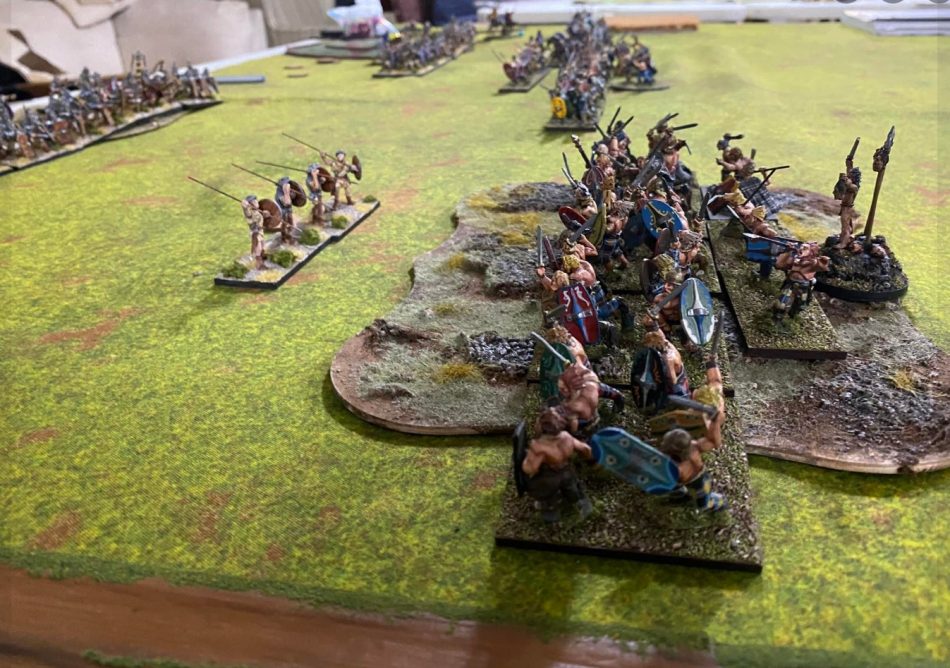The History within Advanced Squad Leader
 By David Garvin
By David Garvin
In a previous post, I interviewed Dr. Andrew Hershey, designer of many Advanced Squad Leader (ASL) scenarios and Historical ASL campaign games, colloquially known as HASLs. It was quite evident after reading that interview, that there is quite a bit of research behind many ASL Scenarios and especially HASLs.
As such, by playing any well-designed HASL, one can gain a better understanding of the nature of the conflict at large and the feel of certain battles. For me, one of the best examples is found in the HASL Kampfgruppe Scherer: The Shield of Cholm (KGS). It was produced by le franc tireur in 2011 and designed by the aforementioned Dr. Andrew Hershey.





 By Kreighton Long
By Kreighton Long

 Today we are live at
Today we are live at 
 By Jim Naughton
By Jim Naughton